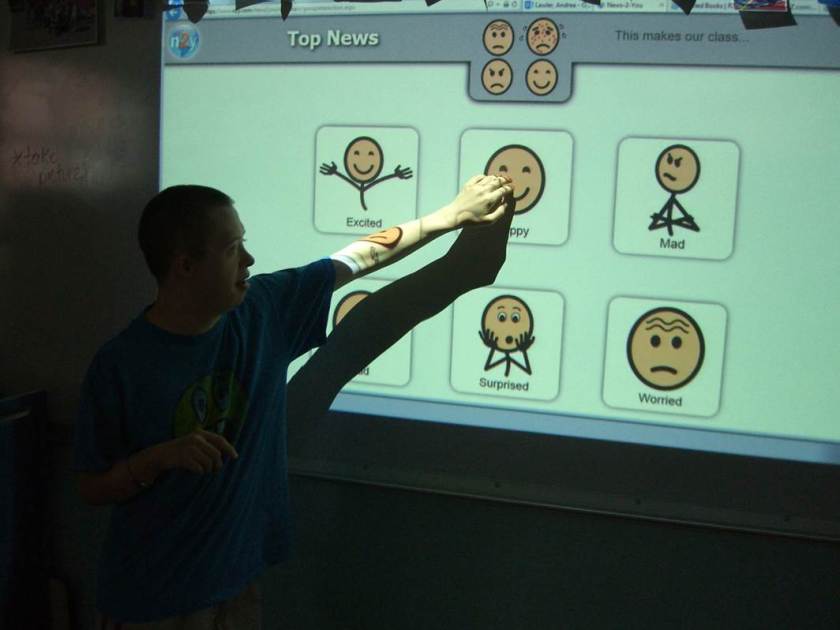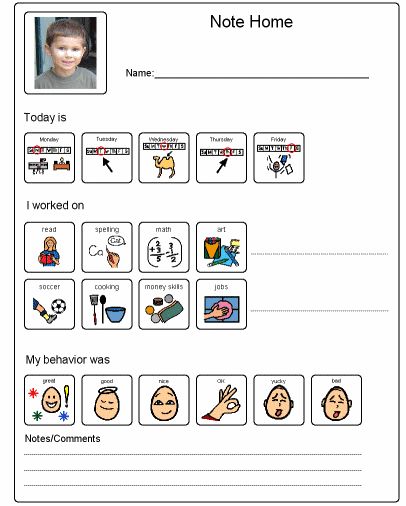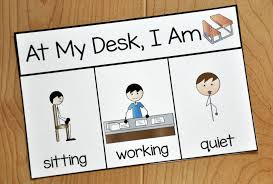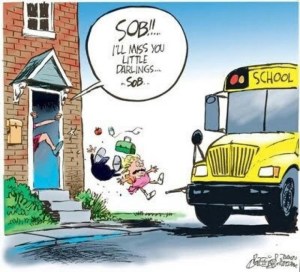Blog #239~Back to School Tips for DS-ASD Families in 2021

As the 2021-2022 School year approaches after a lengthy Covid-19 lockdown, many families feel anxiety about returning to school. Families who have a child with a dual diagnosis of Down syndrome and autism (DS-ASD) have additional challenges and needs to consider.
My name is Teresa Unnerstall, I am a DS-ASD parent, consultant and author of A New Course: A Mother’s Journey Navigating Down Syndrome and Autism. My son Nick is 27 years old and my passion is to help families, educators, therapists, medical professionals and anyone interested in supporting individuals with co-occurring DS-ASD.

This week, I want to offer some practical tips to help families ease back to school. Whether you are in person or remote, the goal should be a smooth transition for students.
Here are my 10 Back to School Tips:
1. Prepare the student with a visual countdown calendar, and re-instate morning/evening routines before school starts.
2. Tour the school with your child. Then, create a social story or video social story of the school settings and staff that the student will be interacting with. Review this several times before school starts.
3. At the tour, whether it’s in person or virtual, ask the teacher to show you the Covid-19 safety precautions, accommodations and equipment that is listed in the IEP to make sure everything is in place.


4. Prepare a student “About Me” profile sheet. There are many templates available online. You can include different sections such as, Things I love, My Strengths, What Works Best for Me, How to best support me, What Doesn’t Work for Me, and Interests. Make several copies to share with the staff.

5. Determine the modes of communication back and forth with the teacher and school staff. Examples include texting, email, communication logs/notebooks and daily report sheets. This is very important as many students with DS-ASD who have language deficits or may be non-verbal.

6. Review the child’s IEP to insure that all goals and accommodations are still relevant. Note any additional needs or concerns you have coming off of the summer break and remote learning. Share these with the staff at school.
7. If the student has a behavior support plan, check to see if this has been shared with all staff and is ready to put in place on day one. Make a list of any new target behaviors that may need to be addressed.
8. If the student uses AAC (Augmentative and Alternative Communication) make sure the teacher and aides are familiar with how to use the program, whether it’s high tech or low tech like a picture exchange system (PECS). You can request a training for staff and parents on how to program devices, navigate tabs and get trained on how to utilize PECS with the school speech and language therapist or school district AAC specialists.

9. Students may have lost skills or experienced regression due to summer break and remote learning due to the Covid-19 Pandemic. Evidenced-based practices help students regain lost skills and develop new ones. Some examples are using visuals, schedules, task strips, task analysis, first-then prompts, visual timers, choice boards and sensory breaks.



10. Show your commitment by staying on top of your child’s progress. Ask for data within the first quarter. Data drives decision making for future conferences and IEP meetings. If possible, volunteer at school, (room parent, field trip chaperone, art awareness presenter, book fairs, picture day and assisting with making learning materials like laminating and making copies).
Being prepared, invested and aware of your child’s needs will help them reach their full potential for the new school year. As students re-enter school after a long break, let’s also remember to extend each other some grace, be flexible, and give time and space to establish the new normal, whether you are heading back into the classroom or working remotely.
That’s what is in my noggin this week.
~Teresa 🙂



















